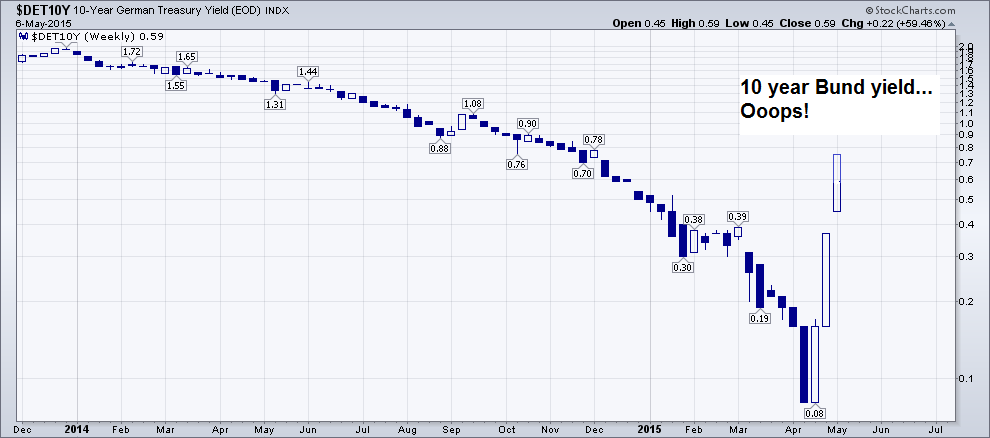Squirrely Market Action Upends Consensus Trades
Bloomberg notes that there have been a number of “mysterious” and rather large moves in a number of markets of late (dollar down, bonds down, stocks weakening, crude oil and copper prices soaring).
These moves are perhaps less mysterious than they appear. In essence nearly every consensus trade is recently getting blown out of the water – and the consensus has been huge in some of these trades (e.g. only a few weeks ago a continued rise in the dollar was deemed certain by nearly everybody; note that this particular consensus is so far barely diminished).


Uncle buck unexpectedly buckles. Below you can see that speculative enthusiasm hasn’t been dented much – yet.

Dollar index net hedger position (the inverse of the net speculative position) – speculators continue to hold one of the largest net long exposures to the dollar in history
As the Bloomberg article notes in closing:
“There doesn’t seem to be any single driver that would explain all of these moves, though plenty of analysts are pointing to the unwinding of consensus positions such as trades built around the expectation of continued deflation and quantitative easing in Europe. Others have highlighted more technical factors and illiquid markets that have amplified the moves.
Whatever the reason, the recent seismic activity in these markets has, no doubt, been painful for some big investors.
(emphasis added)
The sentence we have highlighted is quite important. Normally one would e.g. expect treasury bond yields to fall on days when the stock market is weak. Lately this hasn’t happened at all – instead, the two markets appear to be exhibiting growing positive correlation. We would submit that this is precisely because there are so many players heavily exposed to consensus trades. As soon as one or two of these trades begin to blow up, inter-market correlations begin to increase, as margin calls force leveraged traders to sell whatever they can.

The 10 year Bund yield was widely expected to be the next euro area yield to go negative – instead it has soared from 8 basis points to 75 basis points within not even three trading weeks – a move of 837.5% (!). The convexity phenomenon ensures that this move has produced very large losses for those who bought Bunds near their highs







